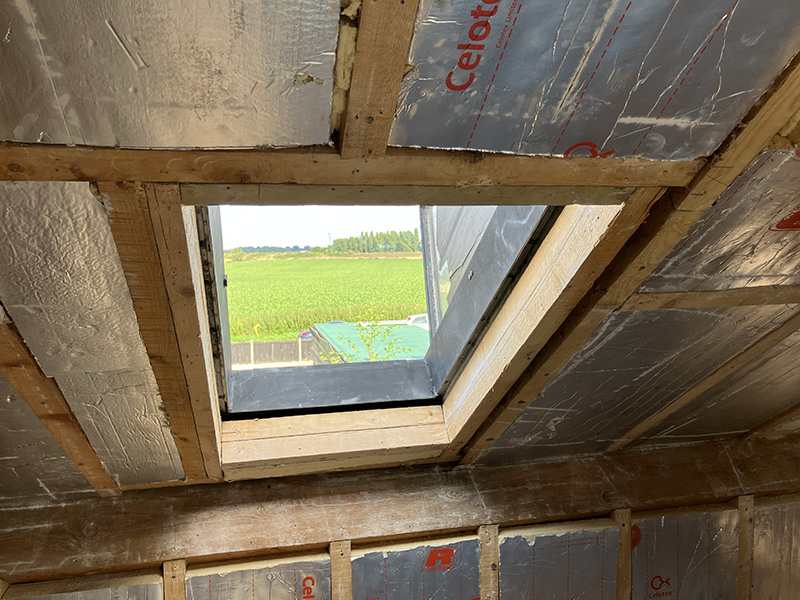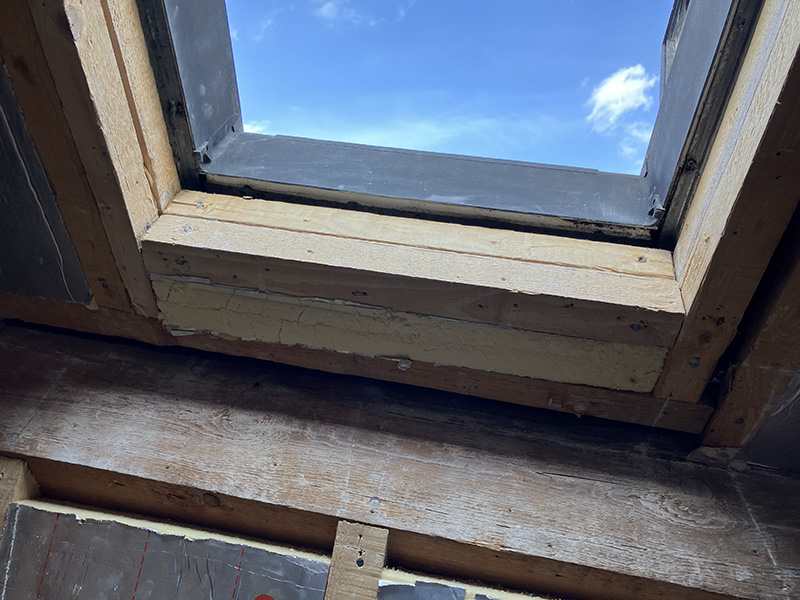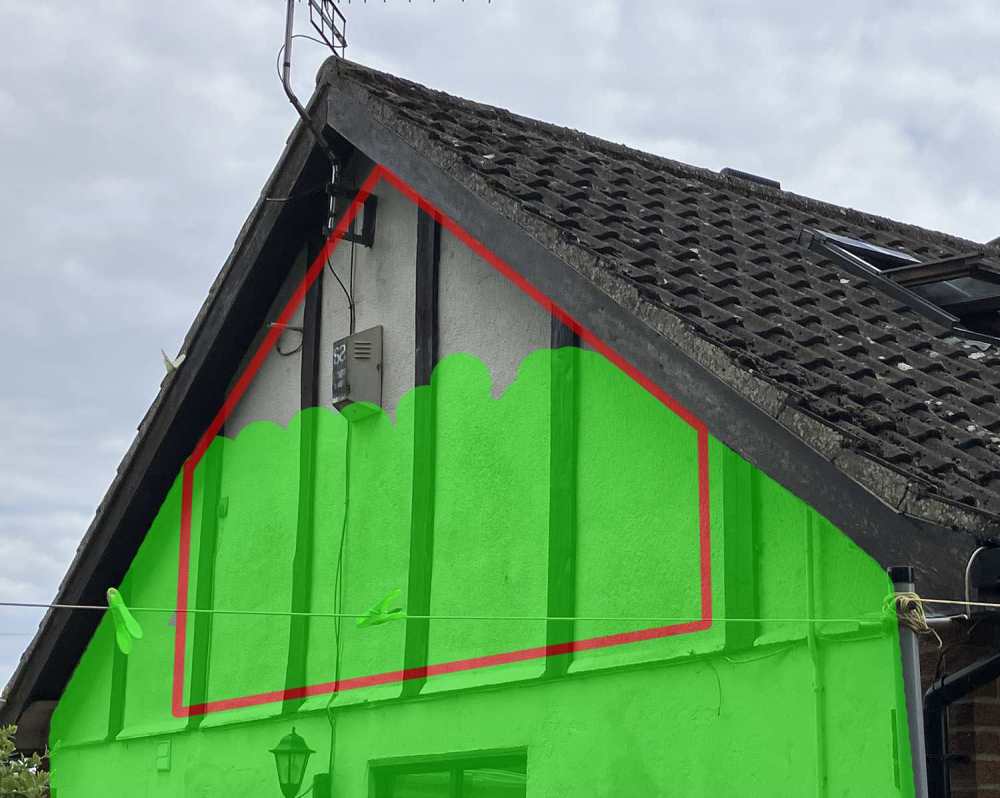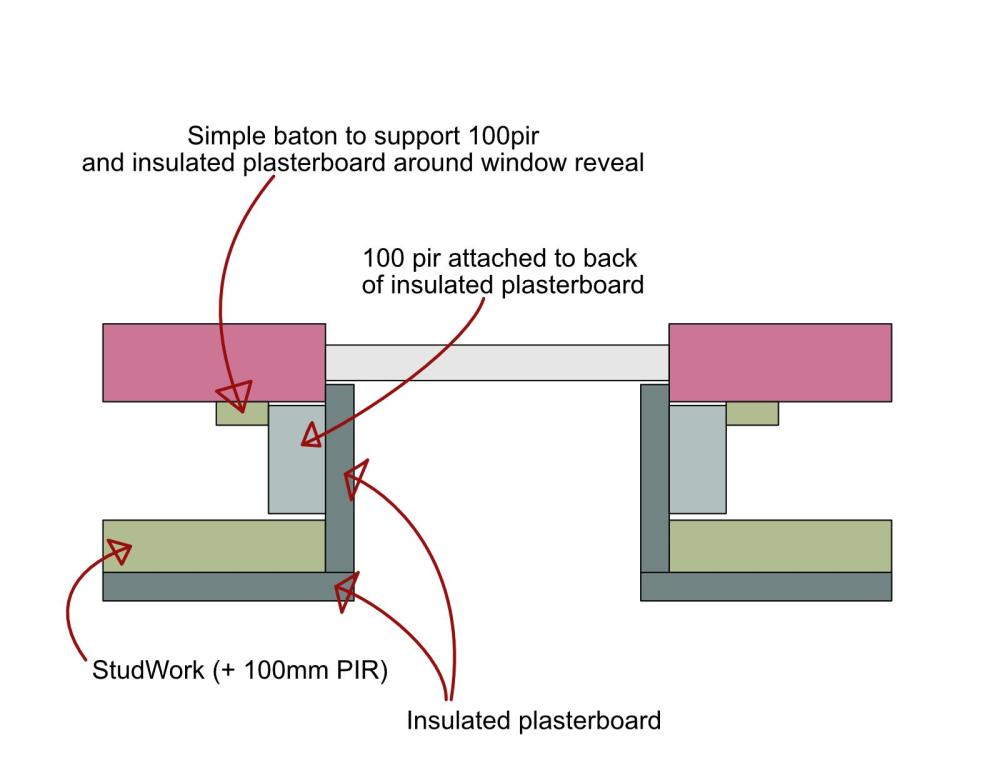
bobbyb
Members-
Posts
11 -
Joined
-
Last visited
Recent Profile Visitors
The recent visitors block is disabled and is not being shown to other users.
bobbyb's Achievements

Member (3/5)
1
Reputation
-
Hello, you lovely lot! I was wondering if anyone can offer me some advice - Essentially, we have a large airing cupboard, and nothing is insulated. As far as I can tell this is effectively a giant cold area in the house, and Im looking to improve it. I've included a video that will hopefully show you what the issue is IMG_9515 small (1).mp4
-
Im probably overthinking this... So im replacing all the velux windows in my son's room. They are old, and the previous owner painted them, which still annoys me! My son's room is a loft conversion and we are partially rebuilding it, which means we dont have to install the same size windows. We could go larger or smaller/taller/wider, and adjust the stud framework that supports the current windows (in this case, its not structural) My question is about the felt - when I remove the old window, obviously there will be a window-sized hole in the felt. Does it make sense to patch/repair this before we recut it for a new (potentualy different sized) window? cheers all
-
Thanks for the help, Nick And yeah - looks like the window is supported by an internal/non-structural timber frame. I had not noticed until you asked about that So with that in mind this just got a little easier as if i make a small measurement mistake, I can simply build or amend the timber frame to make it all work with the Marmox backer board One question on the Marmox backer board - never used it, I assume it's all fine to mix/match this with standard plasterboard? btw, the Ken Dodd's teeth comment made me laugh! im pretty happy that the current insulation is pretty bad. I was worried that if I pulled a lot of the plasterboard off id discover it was done really well and then Id have to fix a problem caused by me
-
Hi Everyone! Looking for advice and tips Im currently in the early stages of fixing my son's room's insulation, which I think was done back in the 80s not to the best standard sadly. But my question is really about the skylight. Now I've never installed a skylight/velux before (installed plenty of windows mind) so this is a new thing for me, so im looking for advice really. Hopefully, if you watch the attached video, it should give you a good idea of what I need to do. cheers! IMG_9129.mp4
-
Hi everyone! Im in the process of re-insulating my son's room, which is a loft conversion room, done back in the 80s. It's always been the coldest room in the house (by far), so I'm currently removing the old plasterboard and discovering what a terrible, rushed job they must have done with the insulation back then - there are gaps everywhere, some pretty sizable. But anyway, that's the context, not the issue. The issue is the exterior wall. Ive drilled a few holes (from the inside) and inserted an endoscope camera, and Ive discovered the cavity wall insulation has sagged. I'd estimate its only halfway up his wall in this section. So the question is, what should I do about it? Should I top it up, or should i simply install some 100mm PIR to the interior wall - or maybe another option? Any advice would be amazing.
-
we have around 1ft or so in the loft. I can easily add more if needed well that's the thing - I have no idea if they gave all been filed, I wasn't even sure this is something you can check? When you say build a blower - I have a leaf blower. How might you check this? i had not considered a heat servay, I didn't know that was really a thing, thank you! Regarding internal/external. I feel it's a bit of a toss of a coin at the moment. Our house is very dated and there is not one room that doesn't need new carpets or even new windows. and that's one reason why internal clicked with me as its something I know I can do myself. That said - if I'm capable of doing internal I'm probably equally capable of doing external. Something ill need to investigate I think I would estimate there about a ft in the loft. I can always add more. and the whole place is brick All concrete
-
Hey all, looking for some advice. we own a 80s bungalow that has been over the years (not by us) it had extended in a number of ways. We have cavity walling and I believe it is filled with something. We have a range of filled holes in the mortar work around the house. yet sadly the house is still very cold through the winter and getting the house (or a room) up to temp takes ages and costs a small fortune. so I’m now looking for options and ideas as to what I can do about it. My current thinking is to tackle each room separately and install some PIR to the walls and plasterboard over the top (finish with tape/jointing which I have some experience with) but I’m curious to know what problems this might cause, I realise most people use internal PIR with solid walls. I’d love to know if there’s a reason why I can’t use it or shouldn’t use it here. btw. One small benefit of having a bungalow is the rooms are all quite large, so loosing space around the outside is not the end of the world in most of the rooms. Any thoughts and advice would be appreciated
-
Hello everyone I am in the middle of a Diy garage conversion - it's not a super high-end conversion, we just want a nice insulated box to use as a workshop/office - The total cost is going to be around 3k, so not high-end in the slightest I've erected stud work all around and on one wall the air gap between the stud work and the single brick wall is pretty large - it's like this wall has some larger brick supports that protrude out to around 100mm into the room. This means my stud work is approx 125mm away from the windows...and that's a pretty big gap My issue really is how best to do those - I could obviously just fill the gap with (insulated) plasterboard, but I do worry about the size that its got to cover and worry about how little support it might have. But perhaps im overthinking it? Anyway, I've attached a diagram of how I might plan todo this, and I just wanted to do to hear some thoughts really. I
-
Hi everyone, Im in the process of converting one-half of a single-skin double garage into an office and workshop. It's all pretty simple (in principle) but where I seem to be perpetually confused is the best way to tackle the insulation install. There seems to be so much info out there and so many ways to do it I'm a little lost in what is the best approach. My plan currently is as follows Build stud wall (easy) Install stud wall with an air gap behind (gap depths? No idea at the moment) Insert 1st layer of insulation board between batons Overlay 2nd insulation board over the previous insulation and batons resulting in one uninterrupted layer of insulation cover all gaps with aluminum tape to create a vapor barrier. Finish with plasterboard or OSB/MDF One thing I have noticed is the garage does have a few weep vents (or in my case just little holes in between the bricks) after the 4 walls are one, Ill be moving onto the floor and ceiling. so with that, can anyone tell me of this is or is not a good approach, or whatever? cheers!






